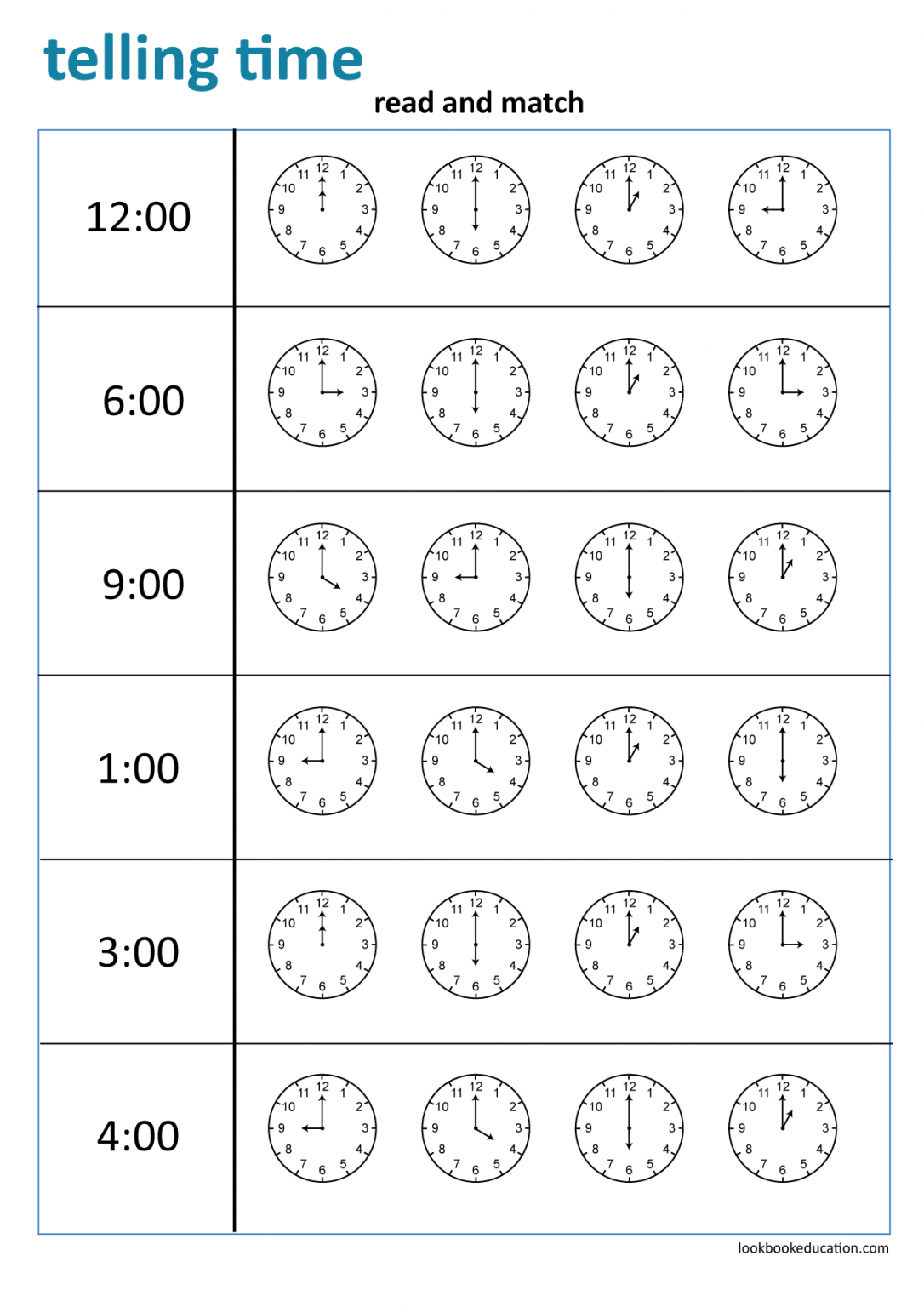Teaching children how to tell the time is an essential skill that they will use throughout their lives. One effective way to help them learn this skill is by using worksheets. Worksheets are a great tool for reinforcing concepts and providing practice in a fun and engaging way.
By using telling the time worksheets, you can help children learn to read both analog and digital clocks, understand the concept of hours, minutes, and seconds, and practice converting between different units of time. These worksheets can be tailored to different age groups and skill levels, making them suitable for kindergarten through elementary school children.
Telling the Time Worksheet
When creating telling the time worksheets, it’s important to include a variety of activities to keep children engaged. Start with simple exercises like matching analog and digital times, drawing the hands on a clock to show a specific time, and identifying the time shown on a clock face.
As children progress, you can introduce more complex activities such as solving word problems involving time, practicing elapsed time calculations, and learning about different time zones. Including a mix of visual, auditory, and hands-on activities will help cater to different learning styles and reinforce the concept of telling time.
It’s also helpful to incorporate real-life scenarios into the worksheets to help children understand the practical applications of telling time. For example, you can create worksheets that ask children to schedule activities throughout the day, calculate how long different tasks will take, or plan a daily routine using a clock.
Regular practice with telling the time worksheets will help children build confidence in their time-telling skills and improve their ability to read and interpret clocks accurately. By making learning fun and interactive, children are more likely to stay motivated and engaged in the learning process.
In conclusion, telling the time worksheets are a valuable tool for teaching children how to read and interpret clocks. By incorporating a variety of activities, catering to different learning styles, and including real-life scenarios, these worksheets can help children develop essential time-telling skills in a fun and engaging way.
